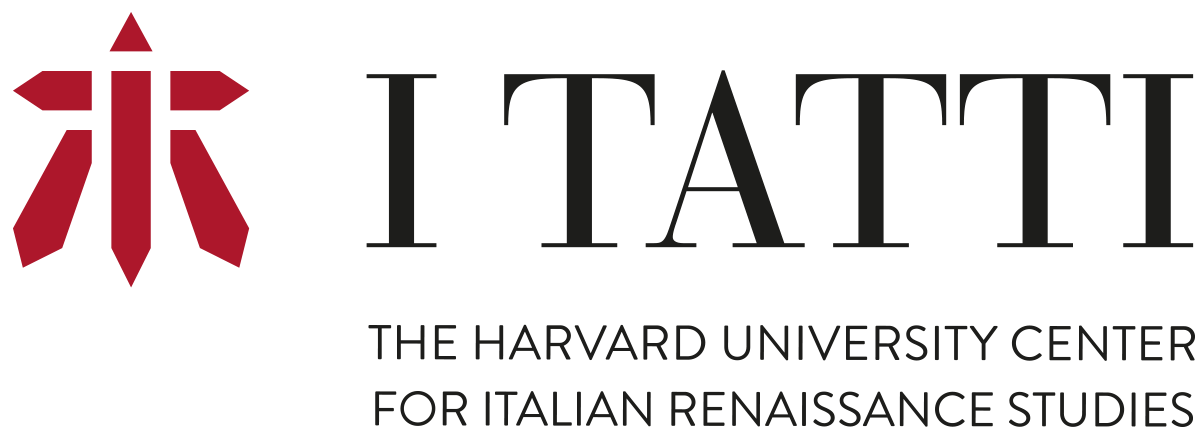Mary Laven
Diversifying the Italian Renaissance
2025-2026 (November - December)

Biography
Mary Laven is Professor of Early Modern History at the University of Cambridge and a Fellow of Jesus College. Grounded in the social and cultural history of early modern Italy, her work has engaged with the themes of religion, gender, sociability and material culture, and has been inspired by a close relationship with the Fitzwilliam Museum. She is the author of Virgins of Venice: Enclosed Lives and Broken Vows in the Renaissance Convent (Penguin, 2002), Mission to China: Matteo Ricci and the Jesuit Encounter with the East (Faber, 2011), and – with Abigail Brundin and Deborah Howard – The Sacred Home in Renaissance Italy (Oxford, 2018). Laven is currently the Principal Investigator of a collaborative project, funded by the AHRC: Objects and Spaces of Encounter in Renaissance Italy.
Project Summary
What was not Italian about the Italian Renaissance? Starting from this provocative question, this project explores the role of migrant artists and artisans, foreign goods and materials, and imported designs and technologies to reveal the essential diversity of Renaissance culture. In so doing, it challenges a myth of national exceptionalism that – notwithstanding the global turn – continues to structure historiographical and curatorial assumptions and to limit our perception of creative practices across the peninsula during the fifteenth and sixteenth centuries. The study will reassess the long-established historiography on minorities in early modern Italy, making connections between case-studies (which have been apt to be siloed) and addressing the wider question of how diversity fueled cultural innovation. Looking beyond the most famous artistic centres, new research will focus on the alpine regions of Northern Italy, the Marche, and the Kingdom of Naples. This alternative perspective rejects a traditional approach to the Renaissance, located in a few bounded cities, to highlight mobility and encounter. The overarching objective of the project is to offer a reinterpretation of the place of Italy in this cultural moment, less as a nursery for home-grown talent and more as a crucible for artistic experimentation.
